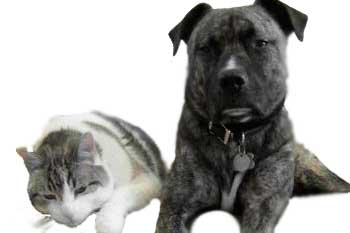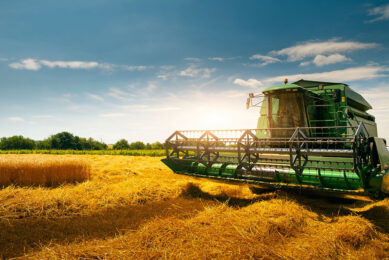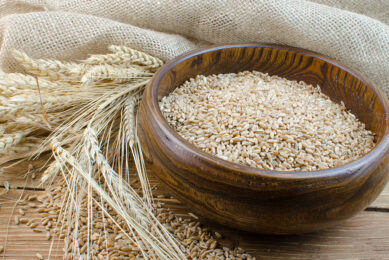Mineral composition analysis in petfood optimised

As consumers care more about the food they eat, they also care more about the nutritional composition of their pets. Researchers in Brazil, where the demand for pet food is growing significantly, have proposed a simple and reliable method to determine the mineral element composition of dog and cat foods. It is also suitable for routine applications.
Experimental design methodology was used to optimise an analytical method for determination of the mineral element composition (Al, Ca, Cd, Cr, Cu, Ba, Fe, K, Mg, Mn, P, S, Sr and Zn) of dog and cat foods. Two-level full factorial design was applied to define the optimal proportions of the reagents used for microwave-assisted sample digestion (2.0 mol L−1 HNO3 and 6% m/v H2O2).
A three-level factorial design for two variables was used to optimise the operational conditions of the inductively coupled plasma optical emission spectrometer, employed for analysis of the extracts. A radiofrequency power of 1.2 kW and a nebuliser argon flow of 1.0 L min−1 were selected. The limits of quantification (LOQ) were between 0.03 μg g−1 (Cr, 267.716 nm) and 87 μg g-1 (Ca, 373.690 nm). The trueness of the optimised method was evaluated by analysis of five certified reference materials (CRMs): wheat flour (NIST 1567a), bovine liver (NIST 1577), peach leaves (NIST 1547), oyster tissue (NIST 1566b), and fish protein (DORM-3).
The recovery values obtained for the CRMs were between 80±4% (Cr) and 117±5% (Cd), with relative standard deviations (RSDs) better than 5%, demonstrating that the proposed method offered good trueness and precision. Ten samples of pet food (five each of cat and dog food) were acquired at supermarkets in Aracaju city (Sergipe State, Brazil). Concentrations in the dog food ranged between 7.1 mg kg−1 (Ba) and 2.7 g kg−1 (Ca), while for cat food the values were between 3.7 mg kg−1 (Ba) and 3.0 g kg−1 (Ca). The concentrations of Ca, K, Mg, P, Cu, Fe, Mn, and Zn in the food were compared with the guidelines of the United States’ Association of American Feed Control Officials (AAFCO) and the Brazilian Ministry of Agriculture, Livestock, and Food Supply (Ministério da Agricultura, Pecuária e Abastecimento—MAPA).
Full article available on Science Direct
Join 26,000+ subscribers
Subscribe to our newsletter to stay updated about all the need-to-know content in the feed sector, three times a week. Beheer
Beheer









 WP Admin
WP Admin  Bewerk bericht
Bewerk bericht